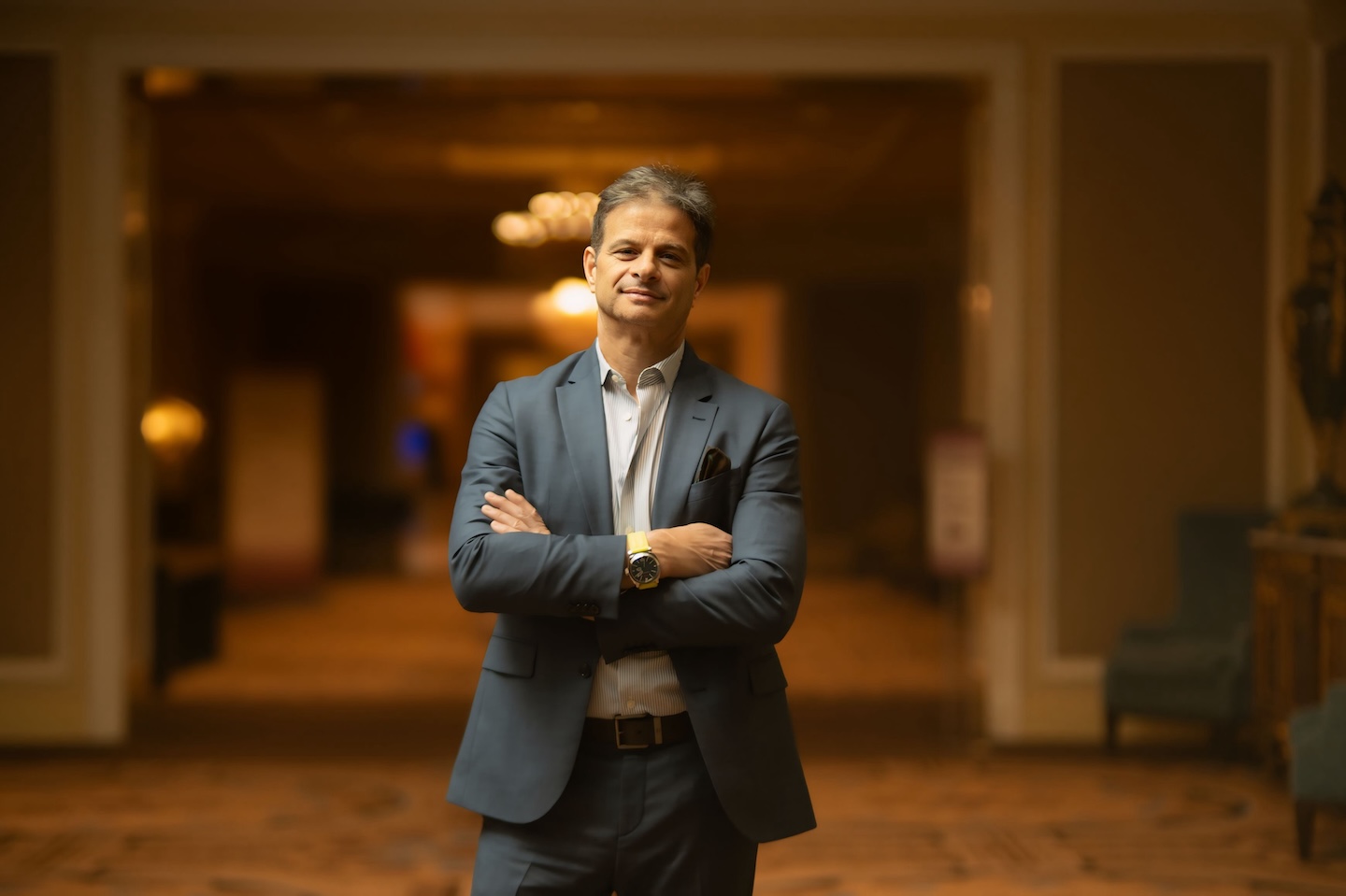Plasma Gel vs. PRP: Clinical Insights into the New Wave of Regenerative Skin Therapy

Introduction
The aesthetic and regenerative medicine landscape continues to evolve toward autologous, biology-driven treatments that restore tissue function and structure naturally. Among the most widely adopted modalities are Platelet-Rich Plasma (PRP) and Plasma Gel—two techniques that share a biological origin but differ in preparation, mechanism, and clinical indication.
At EvoSkin, we integrate both approaches within our regenerative protocols to enhance dermal renewal, collagen synthesis, and natural volume restoration—without synthetic materials or foreign agents.
This article provides a concise overview for clinicians on the comparative biology, applications, and synergistic use of PRP and Plasma Gel in modern aesthetic practice.
PRP: The Foundation of Regenerative Aesthetics
Platelet-Rich Plasma (PRP) is obtained via centrifugation of autologous blood to isolate the plasma fraction enriched in platelets.
Upon injection, platelets undergo degranulation, releasing a cascade of growth factors—including PDGF, TGF-β, VEGF, IGF, and EGF—that stimulate fibroblast proliferation, angiogenesis, and extracellular matrix remodeling.
Clinical applications include:
- Fine-line reduction and texture improvement
- Photoaged or atrophic skin
- Acne scars and post-inflammatory dyschromia
- Post-procedure recovery (e.g., after lasers, microneedling, peels)
PRP serves primarily as a biostimulant rather than a filler, inducing gradual, cumulative tissue improvement over several weeks.
Plasma Gel: From Stimulation to Structural Regeneration
Plasma Gel, sometimes referred to as autologous plasma biofiller, is produced by thermally transforming PRP-derived plasma proteins through controlled heating and cooling cycles.
This process denatures albumin and globulin chains, resulting in a viscous, elastic matrix that behaves like a soft-tissue filler while retaining regenerative potential.
Key characteristics:
- 100% autologous composition (no additives or crosslinking agents)
- Immediate volumizing and lifting effect
- Continued collagen stimulation due to residual cytokines
- Gradual bioresorption over 3–6 months
Clinical indications:
- Tear trough correction
- Nasolabial and marionette folds
- Temporal hollowing
- Neck and dorsal hand rejuvenation
Plasma Gel thus bridges the gap between bio-stimulation and volumetric restoration, offering a fully biological alternative to synthetic HA fillers.
Comparative Overview
| Parameter | PRP | Plasma Gel |
|---|---|---|
| Form | Liquid, injectable | Semi-solid gel (viscous) |
| Primary Mechanism | Growth factor–mediated biostimulation | Volume restoration + stimulation |
| Effect Onset | Gradual (2–4 weeks) | Immediate volumizing |
| Longevity | 2–3 months (with cumulative effect) | 3–6 months (gradual resorption) |
| Clinical Focus | Tissue repair, texture, tone | Volume, contour, elasticity |
| Combination Use | Ideal adjunct post-laser or microneedling | Ideal for structural contouring and lift |
Combined Protocols: The Regenerative Synergy
Combining PRP and Plasma Gel in a single session provides a multi-layered regenerative strategy:
- PRP injection or microneedling in the superficial dermis to stimulate fibroblast activity and dermal regeneration.
- Plasma Gel injection in deeper planes or subdermal compartments for structural support and controlled lifting.
This sequential approach offers both immediate correction and long-term dermal remodeling, producing results that are natural in texture and progressive in quality.
Safety and Clinical Considerations
Both PRP and Plasma Gel are autologous and biocompatible, eliminating risks of allergy, granuloma, or cross-reactivity.
However, precision in centrifugation parameters, temperature control, and injection technique is essential for consistent results.
Proper patient selection—based on vascular health, platelet count, and systemic conditions—remains critical.
Contraindications include:
- Active infection or inflammation at the injection site
- Coagulation disorders or anticoagulant therapy
- Oncologic or autoimmune disease activity
The Clinical Value for Modern Practices
For physicians and aesthetic providers, PRP and Plasma Gel offer a cost-effective, low-risk, high-return regenerative solution adaptable to diverse patient demographics.
They enhance existing protocols, extend the lifespan of device-based results, and align with the growing patient demand for “organic” and autologous therapies.
Clinically, the Plasma Gel serves as an entry point for patients reluctant to use synthetic fillers, while PRP reinforces overall skin vitality and quality over time.
Conclusion
PRP and Plasma Gel represent two pillars of contemporary regenerative aesthetics—one stimulating, the other restoring.
When combined intelligently, they redefine the concept of rejuvenation, emphasizing cellular renewal over substitution.
At EvoSkin, we continue to refine these autologous techniques through evidence-based protocols and integration with advanced laser and peeling technologies, ensuring that regenerative medicine remains both scientific and artful in its application.


